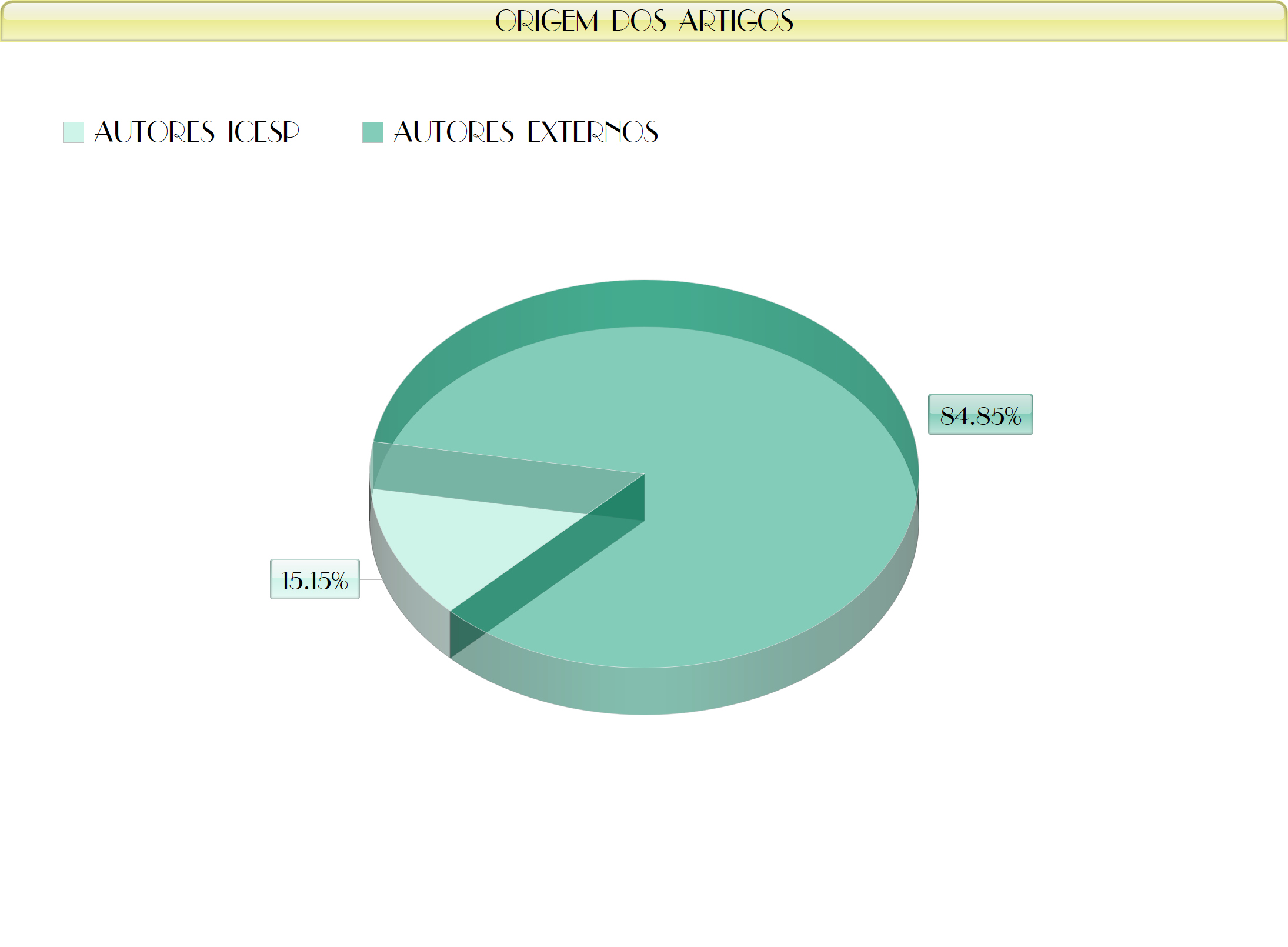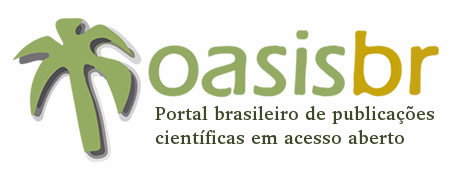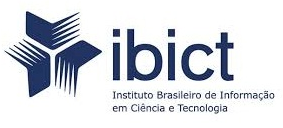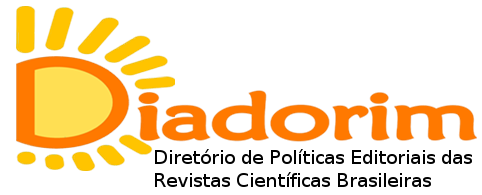REPERCUSSÕES EM CURTO PRAZO DA LESÃO COMPRESSIVA DO NERVO ISQUIÁTICO DE RATOS, TRATADOS COM NATAÇÃO, SOBRE A CARTILAGEM ARTICULAR DA TÍBIA DE RATOS WISTAR
Resumo
RESUMO
Objetivo: analisar, em curto período, os possíveis efeitos de uma lesão nervosa isquiática nos parâmetros histomorfométricos da cartilagem articular da tíbia de ratos Wistar, bem como se a natação com sobrecarga gera algum tipo de repercussão. Métodos: 24 ratos foram divididos em 3 grupos (n=8/grupo), sendo: grupo controle (GC), grupo lesão (GL) e grupo lesão+natação (GLN). Três dias após a cirurgia de compressão nervosa, o grupo GLN foi submetido ao exercício de natação com carga, durante 21 dias. Após a eutanásia, as articulações do joelho foram coletadas, fixadas e seguiram o protocolo para emblocamento em parafina. As lâminas coradas com hematoxilina-eosina foram analisadas quanto aos parâmetros morfológicos de espessura da cartilagem articular e da epífise de crescimento, além de contagem do número de condrócitos. Resultados: para nenhuma das variáveis analisadas, houve diferença significativa entre os três grupos. Conclusão: os modelos de lesão nervosa e exercícios não foram capazes de produzir alterações significativas na cartilagem das tíbias dos animais.
Palavras-chave: Compressão nervosa; cartilagem articular; exercício terapêutico; natação.
Abstract: Objective: to analyze, in a short period of time, the possible effects of an ischial nerve lesion on the histomorphometric parameters of the tibial joint cartilage of Wistar rats, as well as whether overloaded swimming generates some kind of repercussion. Methods: 24 rats were divided into 3 groups (n=8/group), being: control group (CG), lesion group (LG) and lesion+swimming group (LSG). Three days after nerve compression surgery, the LSG underwent loaded swimming exercise for 21 days. After euthanasia, the knee joints were collected, fixed and followed the protocol for paraffin embedding. The slides stained with hematoxylin-eosin were analyzed for the morphological parameters of joint cartilage and growth epiphysis thickness, in addition to counting the number of chondrocytes. Results: for none of the variables analyzed were there significant differences between the three groups. Conclusion: The models of nerve damage and exercise were not able to produce significant changes in the tibia cartilage of the animals.
Key words: Nerve crush; articular cartilage; exercise therapy; swimming.
Figshare DOI: 10.6084/m9.figshare.11874045
Palavras-chave
Texto completo:
PDFReferências
Sebben AD, Cocolichio F, Paula A, Schmitt V, Curra MD, Viegas P, et al. Efeito de fatores neurotróficos sobre o reparo de nervo periférico / Effect of neurotrophic factors on peripheral nerve repair. Sci Med (Porto Alegre). 2011;21(51):81–9.
Marquez Neto OR, Leite MS, Freitas T, Mendelovitz P, Villela EA, Kessler IM. The role of magnetic resonance imaging in the evaluation of peripheral nerves following traumatic lesion: where do we stand? Acta Neurochir (Wien). 2017;159(2):281–90.
Visalli C, Cavallaro M, Concerto A, La Torre D, Salvo R Di, Mazziotti S, et al. Ultrasonography of traumatic injuries to limb peripheral nerves: technical aspects and spectrum of features. Jpn J Radiol. 2018;36(10):592–602.
Menorca RMG, Fussell TS, Elfar JC. Peripheral nerve trauma: mechanisms of injury and recovery. Hand Clin. 2013;29(3):317–30.
Varenika V, Lutz AM, Beaulieu CF, Bucknor MD. Detection and prevalence of variant sciatic nerve anatomy in relation to the piriformis muscle on MRI. Skeletal Radiol. 2017;46(6):751–7.
Tomaszewski KA, Graves MJ, Henry BM, Popieluszko P, Roy J, Pękala PA, et al. Surgical anatomy of the sciatic nerve: a meta-analysis. J Orthop Res. 2016;34(10):1820–7.
Rodríguez FJ, Valero-Cabré A, Navarro X. Regeneration and functional recovery following peripheral nerve injury. Drug Discov Today Dis Model. 2004;1(2):177–85.
Hsueh Y-Y, Chang Y-J, Huang T-C, Fan S-C, Wang D-H, Chen JJ, et al. Functional recoveries of sciatic nerve regeneration by combining chitosan-coated conduit and neurosphere cells induced from adipose-derived stem cells. Biomaterials. 2014;35(7):2234–44.
Carvalho DCL, Carvalho MM, Cliquet Jr A. Osteoporose por desuso: aplicação na reabilitação do lesado medular. Acta Ortopédica Bras. 2001;9(3):34–43.
Vanwanseele B, Lucchinetti E, Stüssi E. The effects of immobilization on the characteristics of articular cartilage: current concepts and future directions. Osteoarthr Cartil. 2002;10(5):408–19.
Carballo CB, Nakagawa Y, Sekiya I, Rodeo SA. Basic science of articular cartilage. Clin Sports Med. 2017;36(3):413–25.
Kunz RI, Silva LI, Roncini J, Lúcia C, Soares R, Ricardo G, et al. Histomorphometric changes in the knee joint of Wistar rats after remobilization in a water enviroment. Fisioter e Pesqui. 2015;22(3):317–24.
Santana AJ, Debastiani JC, Kunz RI, Buratti P, Brancalhão RMC, Ribeiro LFC, et al. Association of sericin and swimming on the phenotype, motor plate, and functionality of the denervated plantar muscle of Wistar rats. J Exerc Rehabil. 2018;14(1).
Cunha NB, Ilha J, Centenaro LA, Lovatel GA, Balbinot LF, Achaval M. The effects of treadmill training on young and mature rats after traumatic peripheral nerve lesion. Neurosci Lett. 2011;501(1):15–9.
Câmara CN da S, Brito MVH, Silveira EL, Silva DSG da, Simões VRF, Ponte RWF. Histological analysis of low-intensity laser therapy effects in peripheral nerve regeneration in Wistar rats. Acta Cirúrgica Bras. 2011;26(1):12–8.
Mazzer PYCN, Barbieri CH, Mazzer N, Fazan VPS. Morphologic and morphometric evaluation of experimental acute crush injuries of the sciatic nerve of rats. J ofNeuroscience Methods. 2008;173(2):249–58.
Trudel G, Jabi M, Uhthoff HK. Localized and adaptive synoviocyte proliferation characteristics in rat knee joint contractures secondary to immobility. Arch Phys Med Rehabil. 2003;84(9):1350–6.
Vieira L, Lovison K, Kunz RI, Antunes JS, Bertolini GRF, Brancalhão RMC, et al. Resistance exercise recovers the structure of cartilage and synovial membrane of the ankle joint of rats after sciatic compression. Motriz. 2017;23(3):e101707.
Hagiwara Y, Ando A, Chimoto E, Saijo Y, Ohmori-Matsuda K, Itoi E. Changes of articular cartilage after immobilization in a rat knee contracture model. J Orthop Res. 2009;27(2):236–42.
Roos EM, Dahlberg L. Positive effects of moderate exercise on glycosaminoglycan content in knee cartilage: a four-month, randomized, controlled trial in patients at risk of osteoarthritis. Arthritis Rheum. 2005;52(11):3507–14.
Kunz RI, Coradini JG, Silva LI, Bertolini GRF, Brancalhão RMC, Ribeiro LFC. Effects of immobilization and remobilization on the ankle joint in Wistar rats. Brazilian J Med Biol Res. 2014;47(10):842–9.
Renner AF, Carvalho E, Soares E, Mattiello-Rosa S. The effect of a passive muscle stretching protocol on the articular cartilage. Osteoarthr Cartil. 2006;14(2):196–202.
Ando A, Hagiwara Y, Chimoto E, Hatori K, Onoda Y, Itoi E. Intra-articular injection of hyaluronan diminishes loss of chondrocytes in a rat immobilized-knee model. Tohoku J Exp Med. 2008;215(4):321–31.
Cavalcante EVV, Silva LGM da, Montenegro EJN, Pontes Filho NT de. Efeito da eletroestimulação no músculo desnervado de animais: revisão sistemática. Fisioter em Mov. 2012;25(3):669–78.
Swank KR, DiBartola AC, Everhart JS, Kaeding CC, Magnussen RA, Flanigan DC. The effect of femoral nerve block on quadriceps strength in anterior cruciate ligament reconstruction: a systematic review. Arthrosc J Arthrosc Relat Surg [Internet]. 2017;33(5):1082-1091.e1. Available from: http://dx.doi.org/10.1016/j.arthro.2017.01.034
Río-Rodríguez D, Iglesias-Ssoler E, Fernandez-del-Olmo M. Modulation of quadriceps corticospinal excitability by femoral nerve stimulation. Neurosci Lett. 2017;637:148–53.
Apontamentos
- Não há apontamentos.
Revista Brasileira de Pesquisa em Ciências da Saúde - RBPeCS - ISSN: 2446-5577
Indexadores:













